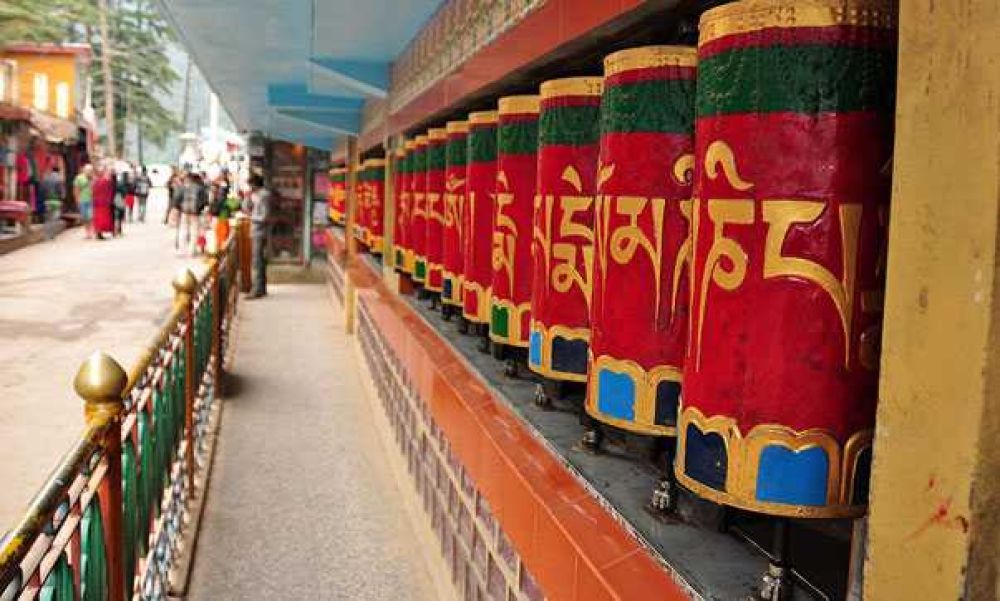

Nestled in the awe-inspiring Kangra Valley of Himachal Pradesh, the Dalai Lama Temple, also known as Tsuglagkhang Complex, is not only a place of worship but also a symbol of harmony and peace. The history of tourism at this sacred site is intrinsically linked to the arrival of His Holiness the 14th Dalai Lama and the Tibetan government in exile to Dharamshala in 1959.
The construction of the temple commenced shortly after His Holiness Dalai Lama found sanctuary in the quaint hill town of McLeod Ganj, a suburb of Dharamshala. As the residence of the spiritual leader became known, so did the Tsuglagkhang Complex also became a focal point for Tibetan refugees and global supporters. What started as a modest temple has since flourished into a vibrant spiritual center and a must-visit tourist attraction.
The 1970s and 1980s saw a significant increase in the temple's popularity. This was a time when the western world became increasingly interested in Tibetan Buddhism, philosophy, and culture. The Temple premises, with its serene ambiance and picturesque backdrop, attracted tourists from all over the world seeking spiritual solace.
In contemporary times, the Dalai Lama Temple draws global visitors not just for its religious significance but also for its cultural and educational importance. The complex includes the Namgyal Monastery, the Tibet Museum, the Kalachakra Temple, and a learning and resource center. Tourists can attend prayer sessions, explore beautiful thangka paintings, and sometimes even catch a glimpse of His Holiness the Dalai Lama.
With the advent of experiential and responsible tourism trends, visitors to the Dalai Lama Temple are seeking authentic cultural interactions and sustainable travel experiences. The temple area offers opportunities for meditation retreats, cultural exchanges with monks, and participation in traditional Tibetan festivals such as Losar (Tibetan New Year) and the Birthday of His Holiness.
As tourist numbers continue to grow, concerns about preserving this sacred site and mitigating environmental impact become paramount. Efforts are being made to implement eco-friendly practices within the complex and encourage responsible behavior among tourists. The local community and various NGOs are actively involved in maintaining the serenity and cleanliness of the temple and its surroundings.
The Dalai Lama Temple in Dharamshala is more than a tourist destination; it's a beacon of Tibetan culture and spirituality that has captured the world's attention. As it stands, the temple continues to be an integral part of the region's tourism, offering a tranquil haven for those who visit and an enduring legacy of the Tibetan diaspora in India.